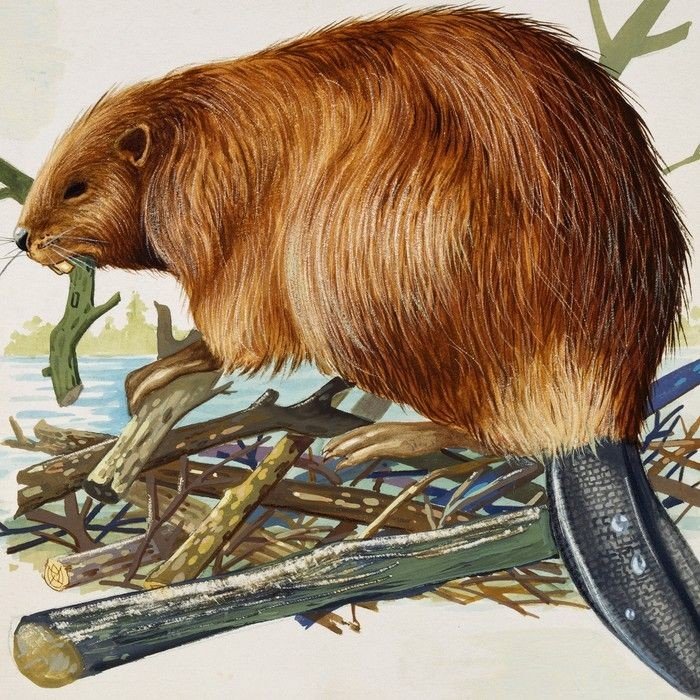History of flavouring food with Beaver 🦫 Butt juice 😇 Castoreum is a substance co
History of flavouring food with Beaver Butt juice
Castoreum is a substance collected from the glands of Canadian, European, and Siberian beavers. Castoreum is sometimes used for anxiety, insomnia, menstrual cramps, and other conditions, but there is no good scientific evidence to support these uses.
In perfumery, the term castoreum refers to the resinoid extract resulting from the dried and alcohol tinctured beaver castor. The dried beaver castor sacs are generally aged for two or more years to mellow.
Castoreum is largely used & typically compounded with other ingredients. Some classic perfumes incorporating castor are Emeraude, Chanel Antaeus, Cuir de Russie, Magie Noire, Lancôme Caractère, Hechter Madame, Givenchy III, Shalimar, and many "leather" themed compositions.
In food
It has been used in the food industry for over 80 years.Instead of smelling icky, castoreum has a musky, vanilla scent, which is why food scientists like to incorporate it in recipes.
In the United States, the Food and Drug Administration lists castoreum extract as a generally recognized as safe (GRAS) food additive.In 1965, the Flavor and Extract Manufacturers Association's GRAS program (FEMA 2261 and 2262) added castoreum extract and castoreum liquid.The annual industry consumption is low, around 300 lb,whereas vanillin is over 260 lbs annually.
Castoreum has been traditionally used in Sweden for flavoring a variety of schnapps commonly referred to as Bäverhojt (lit. 'beaver shout').
Castoreum was also considered for use to contribute to the flavor and odor of cigarettes.
Choose your ingredients wisely 
[History of flavouring food with Beaver 🦫 Butt juice 😇
Castoreum is a substance co](https://somee.social/posts/747736)